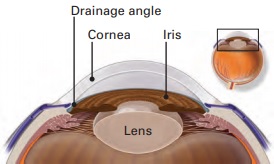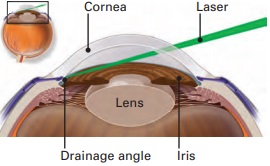PanOptix® Trifocal Cataract Lens
The PanOptix® lens is the first and only trifocal lens available in the United States. It is the latest advancement from the Acrysof® Family of Lenses – the most implanted cataract replacement lenses worldwide. Dr. Doxanas has had great success with these new lenses. They even make a lens for patients with astigmatism. With the PanOptix lens, you can gain increased independence from glasses – even if you have astigmatism.
Why you can take comfort in the AcrySof® PanOptix® lens:
- The AcrySof® PanOptix® lens comes from Alcon, the world’s leader in lenses for cataract surgery.
- The Alcon AcrySof® family of lenses is the most widely used brand for cataract surgery.
- The history of the AcrySof® family of lenses speaks for itself: more than 100 million AcrySof® IOLs have been implanted worldwide.
In a clinical study, 129 patients were asked about their experience with the PanOptix® Lens:
- 99% of people with the PanOptix® Lens would choose the same lens again
- 98% of people with the PanOptix® Lens would recommend it to family and friends
- 80.5% of people with the PanOptix® Lens reported that, within the past week, they never had to wear glasses to see
For more information, go to www.mycataracts.com
References
- Alcon flagship AcrySof intraocular lens reaches 100 million implants and counting [news release]. Fort Worth, TX: Alcon Laboratories,
Inc; September 29, 2017. https://www.alcon.com/media-release/alcon-flagship-acrysofr-intraocular-lens-reaches-100-million-implants-and-counting. Accessed March 18, 2019. - AcrySof® IQ PanOptix® Directions for Use.
- Groessl EJ, Liu L, Sklar M, Tally SR, Kaplan RM, Ganiats TG. Measuring the impact of cataract surgery on generic and vision-specific quality of life. Qual Life Res. 2013;22(6):1405–1414. doi:10.1007/s11136-012-0270-z.
- Kohnen, Thomas. (2015). First implantation of a diffractive quadrafocal (trifocal) intraocular lens. J Cataract Refract Surg. 41. 2330-2332. 10.1016/j.jcrs.2015.11.012.
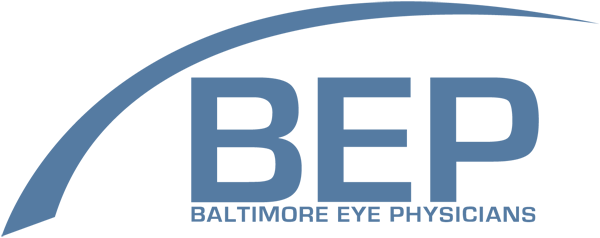



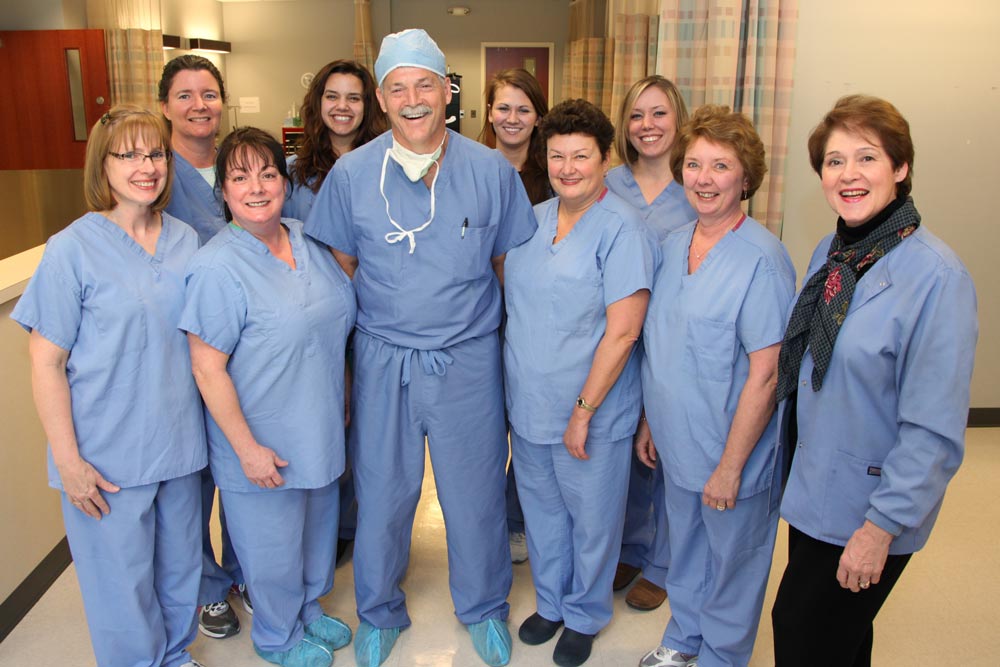 Part of the unique concept of Baltimore Eye Physicians is it’s own surgical center, Baltimore Eye Surgical Center. The same principles of excellence and advanced technology of Baltimore Eye Physicians has been established in the surgical center. Every possible technological advancement has been utilized in the surgical center, including the Alcon Infinity system for cataract removal, considered the premier system for cataract removal. This machine removes cataracts by the means of phacomulsification, or the fragmentation of the lens by the ultrasound technique.
Part of the unique concept of Baltimore Eye Physicians is it’s own surgical center, Baltimore Eye Surgical Center. The same principles of excellence and advanced technology of Baltimore Eye Physicians has been established in the surgical center. Every possible technological advancement has been utilized in the surgical center, including the Alcon Infinity system for cataract removal, considered the premier system for cataract removal. This machine removes cataracts by the means of phacomulsification, or the fragmentation of the lens by the ultrasound technique.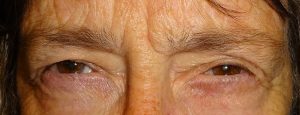
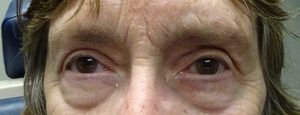
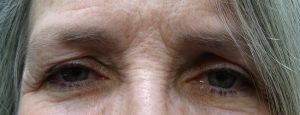
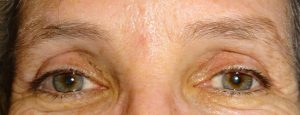
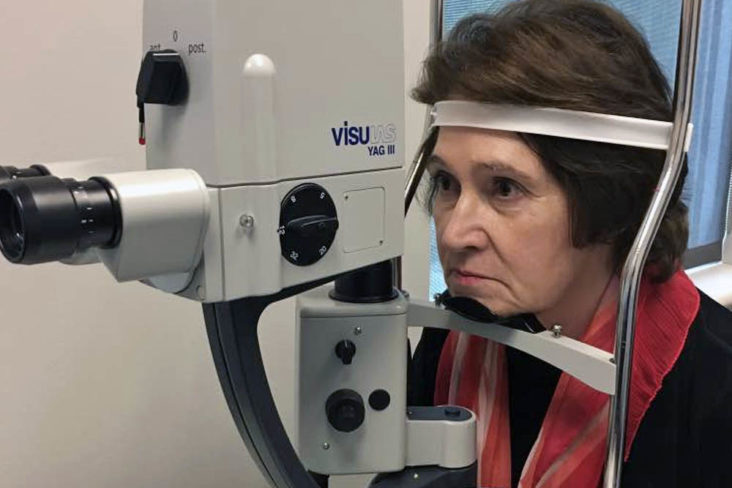 A
A 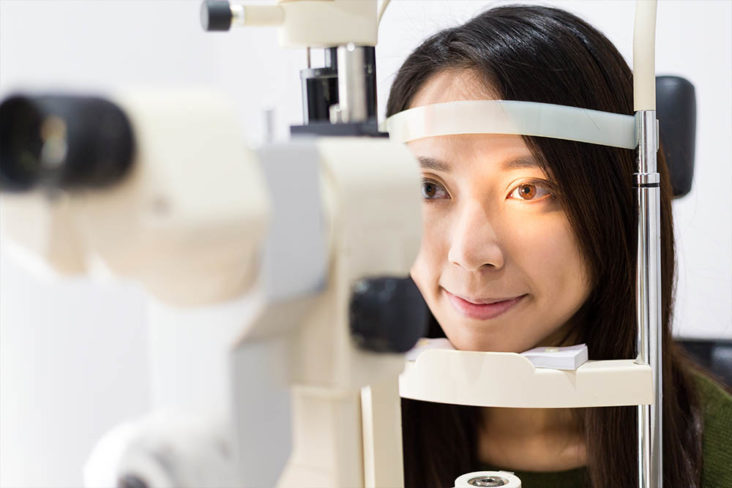 Laser iridotomy is a surgical procedure used to treat angle-closure
Laser iridotomy is a surgical procedure used to treat angle-closure 